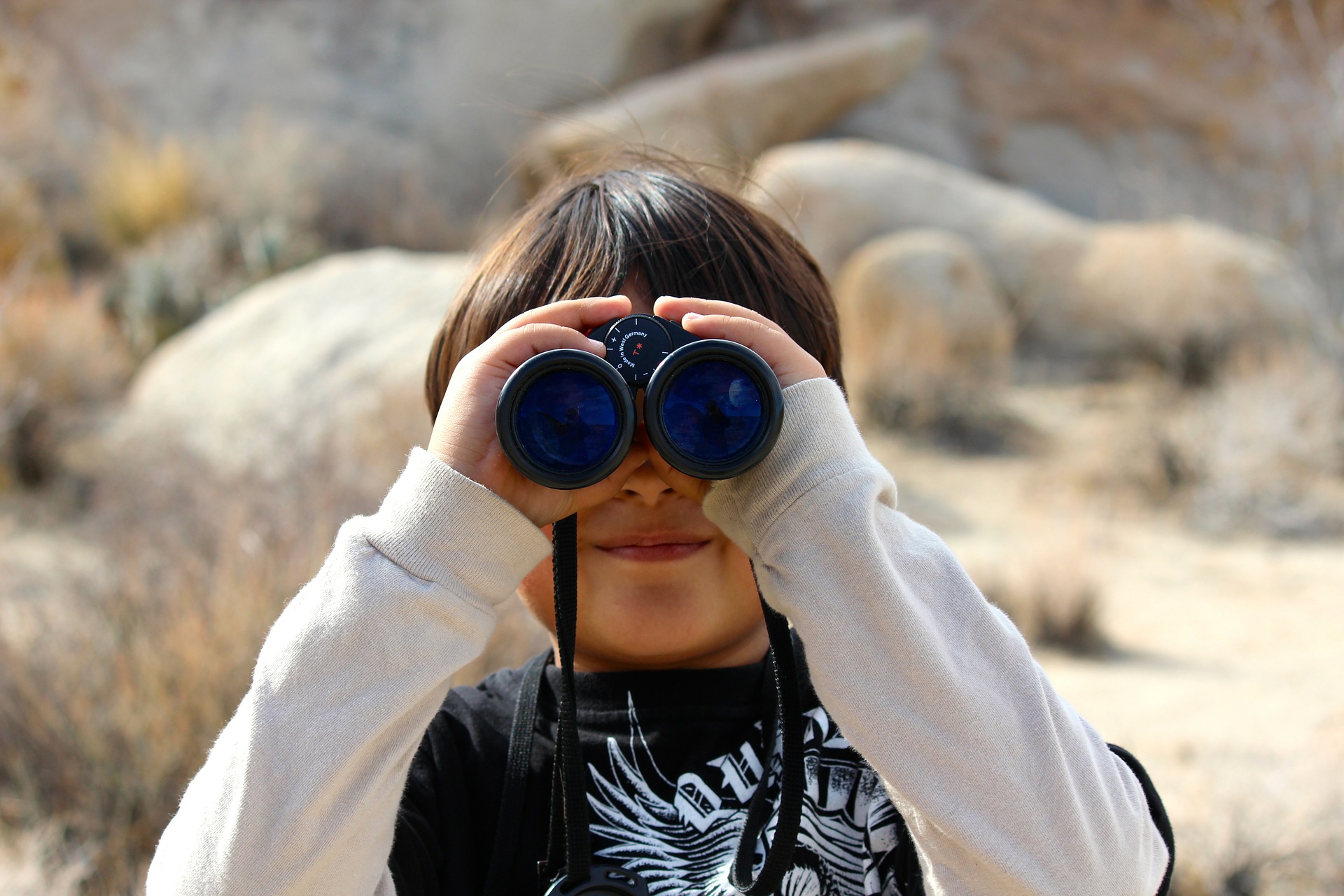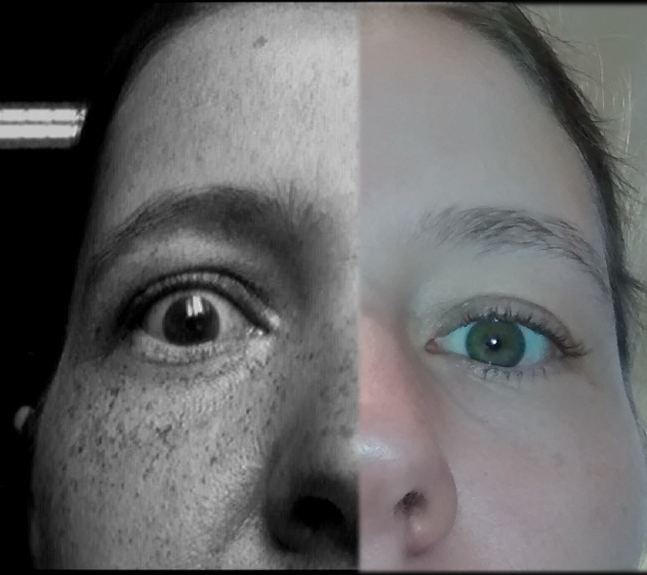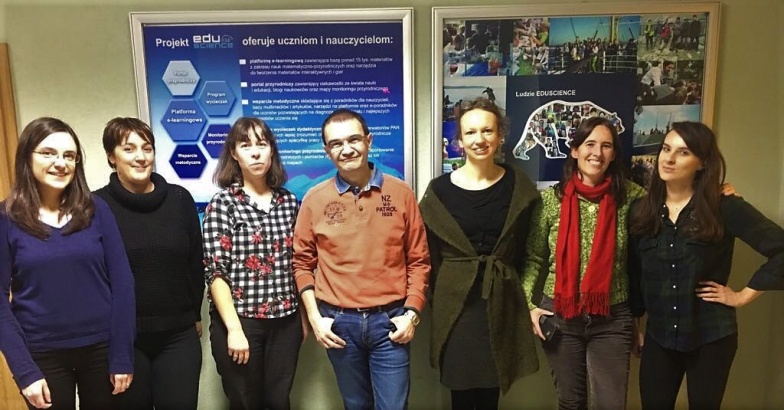One of the initiatives which is being carried out within the BRITEC project in Madrid is the study of leishmaniosis disease, as it has been in the spotlight since the largest human leishmaniosis outbreak in Europe affected the south-west area of Madrid region in 2009.
From the very beginning, pupils will be taking part in the analysis of sand fly abundance, paying special attention to the competent disease carriers named Phlebotomus perniciosus and P. ariasi. Firstly, they will build several light traps to collect phlebotomine sand flies. A prototype already designed and handmade with recycled materials with the collaboration of Medialab Prado, a citizens’ laboratory in Madrid, will be used as a model for pupils.
During phlebotomine sand flies’ activity season in Madrid region (from May to mid October), students will place traps late in the afternoon and recover them early in the morning, as they present nocturnal activity. Students will choose several places around the school to collect them and will be allowed to use smartphones for registering geographical location (GPS data), as well as taking photos of traps. The school garden could be a good location to place these light traps, as well as places near residential areas or near buildings housing animals. Finally, they will select sand flies among all other flying bugs captured under a binocular magnifier.
Bear in mind that this pilot initiative is planned to be implemented during this academic year, so do not forget to check this website to know more about the highly interesting news that are coming!

Photo of one of the light traps that will be used in the pilot experiment.










